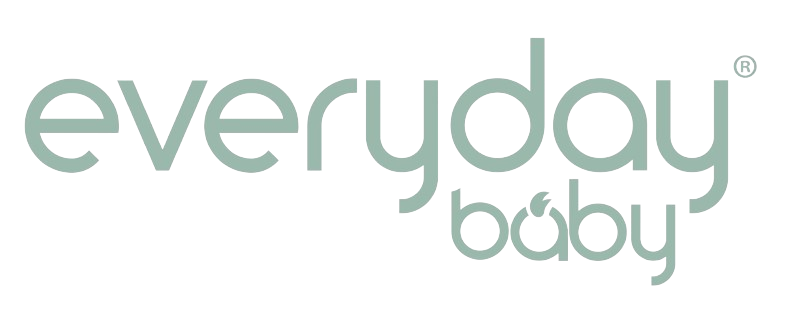
New research shows that the amount of plastic in human brains is now around half a percent!
This is a study from the University of New Mexico, USA, where in 2016 and 2024, researchers analyzed the amount of microplastics and nanoplastics in organs such as the brain, liver, and kidneys. The quantity has increased significantly since 2016, and today in 2024, there is about 50% more plastic in the brain than in 2016. The levels of microplastics and nanoplastics varied in the analyzed brains, with concentrations as high as 0.88% of the total brain mass.
The brain had significantly higher levels of microplastics and nanoplastics compared to the kidneys and liver. According to the study's lead author, Matthew Campen, this is due to the fact that the brain contains a large amount of fat, and these microplastics and nanoplastics are attracted to fat. Therefore, it is not unreasonable to assume that this is also why plastic baby bottles release large quantities of microplastics into formula and breast milk, which have relatively high fat content. Another study from Trinity College Dublin, Ireland, shows that plastic baby bottles release millions of microplastics every day.
These studies together are very concerning, and this is precisely why we at Everyday Baby are passionate about ensuring that children, who cannot make choices for themselves, are not fed with plastic. An excellent alternative suggested by both studies is glass — a glass baby bottle for the smallest children who use bottles.
We absolutely do not want to scare anyone; we are parents ourselves and know how much there is to think about, with so much information circulating that it can be hard to grasp. However, it is never too late to make a good choice and start with something simple. A glass baby bottle doesn't cost much and can last throughout a child's upbringing, going through the dishwasher thousands of times without releasing any microplastics or other substances.
Länk till publiceringen av studien: NCBI studie MNP i organ
Länk till the Guardian: the guardian artikel engelska
Länk till svt: svt.se
Länk till Dagens PS: Dagens PS artikel Svenska
Länk till Studie om mikroplaster i nappflaskor: nature.com studie mikroplaster i nappflaskor
